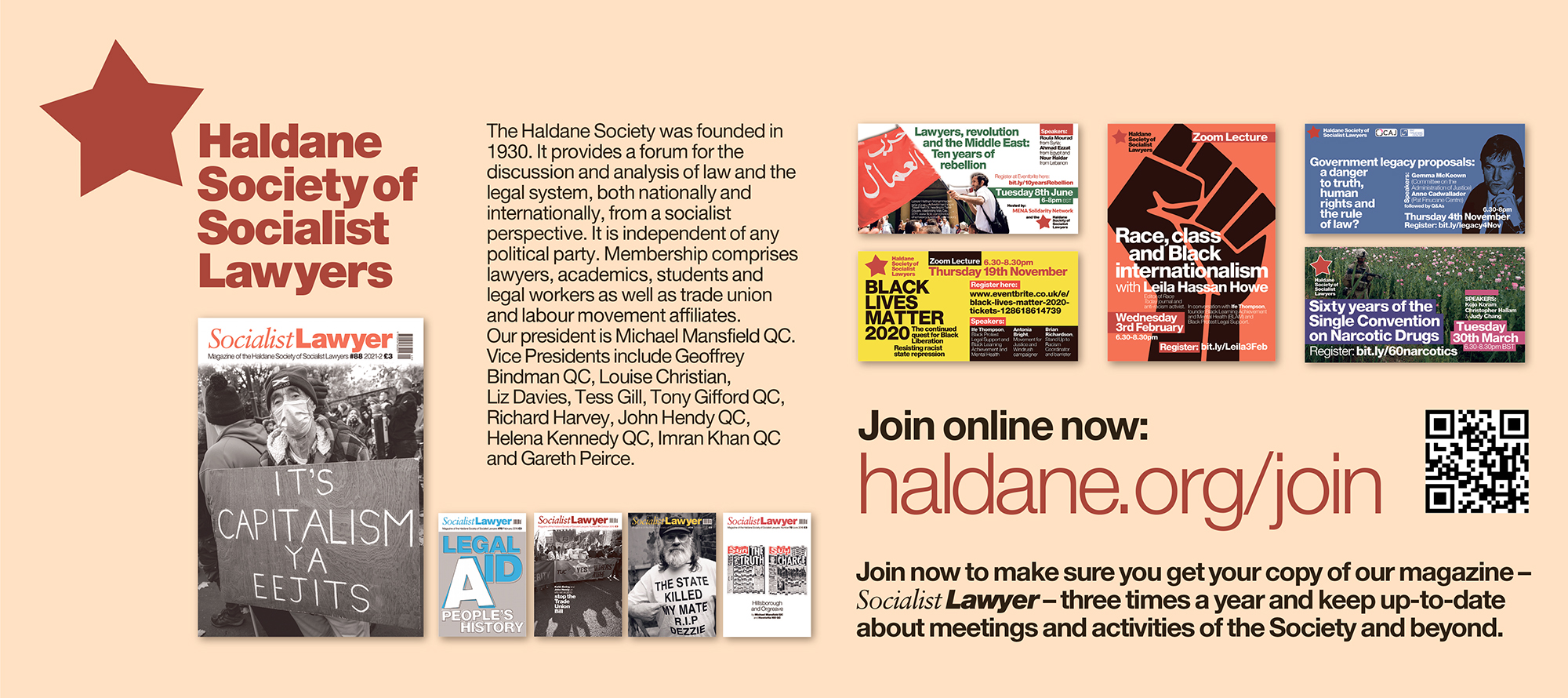Frank Wilkinson
Dr. Frank Wilkinson founder member of Institute for Employment Rights,; Life Fellow of Girton College, Cambridge; Emeritus Reader, University of Cambridge; and Visiting Professor, Birkbeck College, University of London.M/p> Qualifications: Diploma in Economics, University of Oxford; BA, MA and Ph.D. University of Cambridge. Career: Left school at 15 in 1949. Worked as farm worker, army cook (national service) and ironworker. Ruskin College, Oxford, 1961-63. Kings College, Cambridge, 1963-1969. Researcher, in University of Cambridge, Department of Applied Economics 1969 to retirement.. Currently teaching on trade union degree course at Birkbeck College. Chairman of the Cambridge Political Economy Society, Editor of Cambridge Journal of Economics; Founder member and executive committee member of the Institute for Employment Rights. Research: Concerned mainly with the effects of institutions and organisations on economic performance. There are four broad fields: [1] the effects of institutions and organisations on work organisation, wage systems, employment relationships and labour market structures; [2] the interaction between trends in real wages, collective bargaining, incomes policy and inflationary processes; [3] the economic and socio-legal analysis of labour regulation and social security systems and their effect on income distribution, economic and social deprivation, social exclusion, job security and; work intensity and [4] the effects of differences between productive systems in organisations and institutions and their influence on inter- and intra-firm relationships and industrial performance.
Sue Konzelmann
Sue Konzelmann Sue Konzelmann is a Reader in Management at Birkbeck, University of London. She is also Director of the London Centre for Corporate Governance and Ethics, Co-Executive Editor of the Cambridge Journal of Economics and a Research Associate in the Cambridge University Centre for Business Research. Sue’s research brings together historical, economic, social and political perspectives to explore a range of different areas, most recently the political economics of austerity and the ‘variety’ within liberal capitalism that became apparent in the wake of the 2008 global financial crisis. The next stage of this research considers the alternatives to austerity, including industrial strategy, social policy and financial reform, with the aim of informing theory and practice as well as policy. She is particularly interested in how the interaction of societal, economic and political forces shapes the direction of theory and policy – and how this, in turn, influences developments in global financial markets and the broader economic system in which they are embedded. Sue has also conducted comparative work on corporate governance and HRM, considering the degree to which corporate governance might serve as a constraint on the ability of senior managers to effectively manage their human resources as a consequence of the need to prioritize the interests of shareholders over all other corporate stakeholders – workers, in particular. She has also explored the dynamic processes underpinning the spread of national varieties of capitalism by means of approaches taken by multi-national firms. For further information, including a list of publications, please visit http://www.bbk.ac.uk/management/our-staff/academics/konzelmann.






